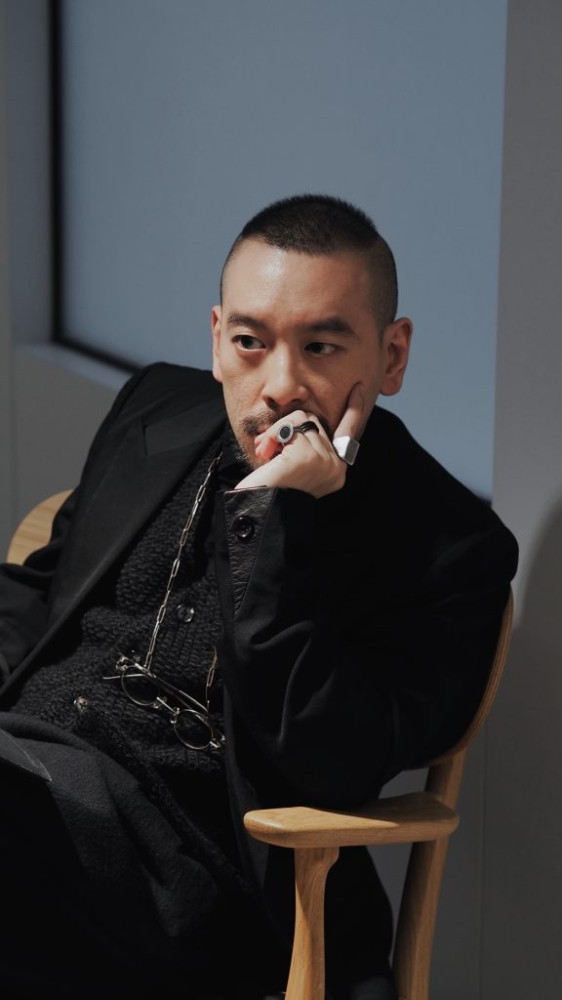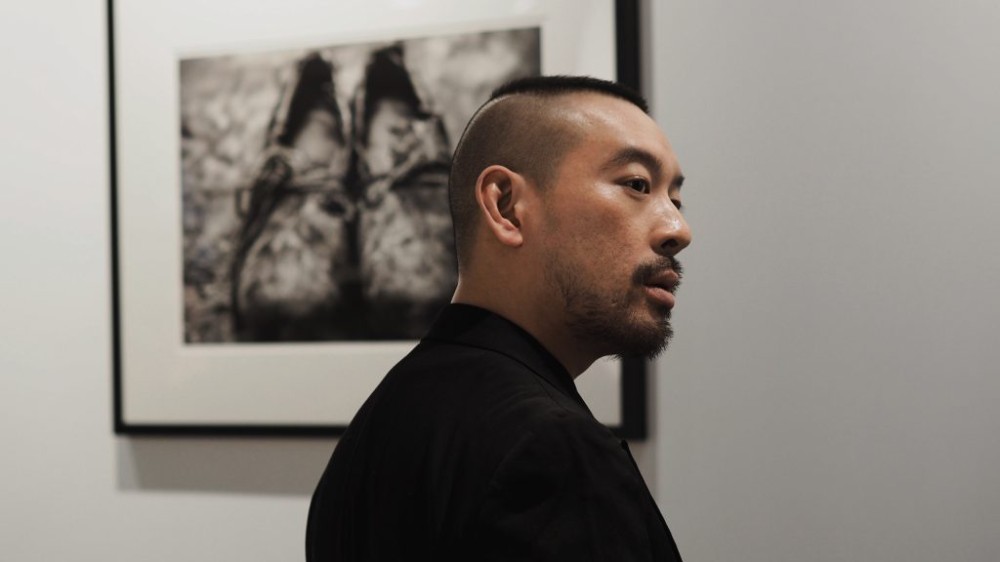Juno Mak on his exhibition "The Broken Dreams We Left Behind …"
Feb 03, 2020
An artist that has worked in all sorts of fields in the Hong Kong entertainment industry, Juno Mak started off his career as a commercial Cantopop singer. He has branched out his creative vision in the past decade to filmmaking and photography. We sat down with Mak at the Leica store in Causeway Bay to further discuss his photography exhibition, titled “The Broken Dreams We Left Behind …”.

Being an artistic individual across a variety of disciplines, do you see photography as a tool to express yourself?
I don’t think that photography is just a tool, because my profession isn’t just being a photographer. Especially when I’m working on films, it’s a stereotype that I storyboard because I can’t draw, so I use a camera to set the frames for storyboards. But I wouldn’t say that it’s just a tool – I would say it’s part of an equation on a film, where music, visuals and dialogue combine. Photography, for me, is a recollection of my memory, because I’m not that good with time. Whenever people remind me of a place or time, it’s usually through photos or what happened at that moment. I would say photography is very linear for my line of work.
Has working in the music industry for so many years shaped your eye in any way?
I’d say whenever I produce sounds, I always look for the sense that it has to be cinematic. I’m more attracted to multiple expressions. A song should never be just a song. It should be a song where you can imagine different sorts of visuals attached to it – even the scent in the air around it. There’s a lot of emotion that can be described through a song. Starting as a singer, it definitely had a big impact on me and that experience helped later in my career. A singer should never just be a singer anymore; it’s a personal ambition to explore the definition of film and music. Being a singer, it’s not just about the voice; it’s about a combination of different aspects. That’s why, back in the day when I was just making music, being in a creative field, a five-minute song really isn’t a long duration for me to set the scene and the mood. That’s why I started working on scripts and photography.
I’ve been attracted to film school since I was young, which inspired me to pursue a career in the entertainment industry. Afterward, being in the music industry, it shaped me into a mindset to explore how I could combine music and visuals. From pre-production to shooting to post-production, that applies to both music and film – and even this particular exhibition.
How did you first get into photography?
I grew up in Vancouver and I didn’t have a camera when I was young. But I enjoyed watching various films on VHS and LD. There wasn’t much to do in Vancouver for a youngster, so I resorted to watching films and reading comics all the time. Since we didn’t have a lot of choice in films – not like nowadays, where you can choose from a thousand films with one click – I would repeatedly watch a VHS and observe the movement each time.
I remember my brother was playing some music in his room, so I would just observe the visuals. Sometimes I would even turn off the sound from the film that I was watching to just observe the visuals and the prosthetics, and wonder how they produced the film. At that moment, I realised that with different music but the same scene, one can get wildly different emotions. Mostly it’s all these childhood memories that started my attraction towards art, and drew me into the industries of music and film.
I care a lot about what’s in the frame, but I care more about what’s out of the frame. It’s all about the mood that I want to capture. For me, photography isn’t just about the technique; it’s really about the recollection of mood and emotions within the photograph. And I definitely am drawn more to black-and-white photos – in my opinion, it’s more timeless, whereas colours define a certain a time, era or genre. And for me, timeless is more important.

How did your journey with Leica start?
I started using a camera in my late 20s. I was a late starter. I was using a camera of my brother’s, which was a Leica. But the moment that defined my journey would be much later when I was already in the entertainment industry, being around creatives.
I would say I see the world a lot more different, as I’m heavily short-sighted; when I read, I have to put on glasses. Generally, I’m just more curious about what my eyes could see. I think that it influenced me a lot on the colours I use and whenever I’m making films.
Which Leica model do you shoot on and why?
I like the Monochrom, but the Q series is handier. I’d say when you’re working with a camera that offers both colour and black-and-white settings, it’s different from a camera that’s specifically for black-and-white. I would say I use the Monochrom the most.
What’s the inspiration behind the exhibition?
The exhibition is titled “The Broken Dreams We Left Behind …”. The visuals are a combination of realism and surrealism, as I believe that we should have more concentration on the fantastic elements that are around us. I would say that we encounter fantasy in our daily lives, but we might not have the time to appreciate it. For example, sunset and sunrise are very magical moments.
Given the title, what sort of message do you want to convey to your audience?
I’m not trying to be cliché about the whole message, but it would be about appreciating the meaning of life. Appreciate moments that we’ve forgotten about – in a sense, a more humble way to express the feeling of being forgotten and what’s behind life.
As for the title, I wanted to present something that’s more romantic but yet there’s a certain sorrow to it, as that’s what we experience in life. The reality is that there are goals and dreams that we might not be able to achieve – hence the broken dreams we left behind.
What aspects of Hong Kong’s past do you want to celebrate in this exhibition?
For this exhibition, I took most of the photos on location while scouting for my film, as it’s an exhibition about Hong Kong. But I didn’t want to portray the tourist side of Hong Kong; instead, I’m presenting the scared, abandoned side of Hong Kong. Throughout the exhibition, you’ll be able to see the cracks between the buildings, the pair of worn-out shoes, the broken door. It’s all these bit and pieces of abandonment that present a more poetic side.
Tell us about the aesthetic of the exhibition.
Especially coming from a filmmaking mindset, photography is always about light and shadow. The stereotype of photography, what’s commercial about it, is that people tend to make it really bright. I’m the direct opposite of that. I tend to enjoy the darker side of photography, the utter exposure. I’d definitely say 50 per cent of my photos are darkness.
Who are some of the photographers that you look up to?
There’s actually quite a few. Peter Lindbergh would be one of them. But there are also photographers that I encounter and work with, which have offered different experiences on my journey.



























